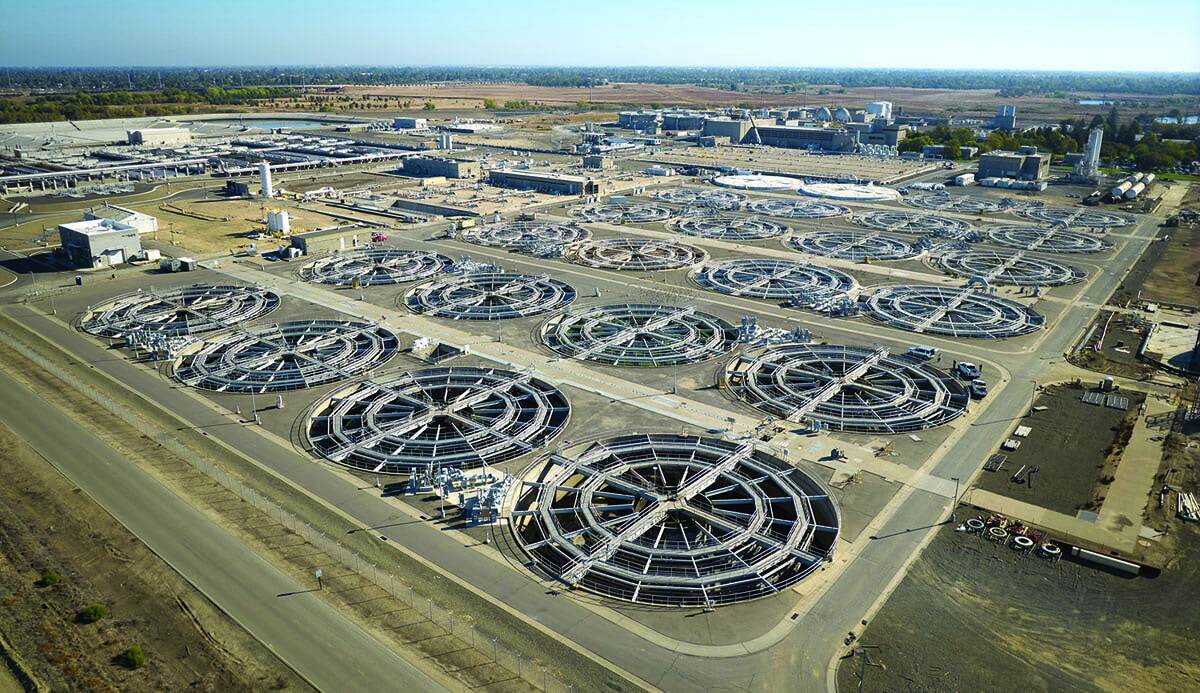Interested in Treatment?
Get Treatment articles, news and videos right in your inbox! Sign up now.
Treatment + Get AlertsIn the realm of wastewater treatment, size isn't everything. But as communities across the United States grapple with the challenge of managing wastewater effectively, comparing treatment plants can offer valuable insights into their performance and impact on the environment. Take a look at the information below and discover where your plant stands with some of the largest in the country!
Deer Island Wastewater Treatment Plant - Boston, Massachusetts:
- Capacity: Approximately 350 million gallons per day
- Key Features: Advanced treatment processes, serving over 2.3 million people in the greater Boston area
Newtown Creek Wastewater Treatment Plant - New York City, New York:
- Capacity: Approximately 310 million gallons per day
- Key Features: Iconic digester eggs visible from nearby neighborhoods, serving over 1 million residents in Brooklyn and Queens
Stickney Water Reclamation Plant - Chicago, Illinois:
- Capacity: Approximately 1.44 billion gallons per day
- Key Features: One of the largest wastewater treatment facilities in the world, covering over 570 acres and serving over 2.3 million residents
Hyperion Wastewater Treatment Plant - Los Angeles, California:
- Capacity: Approximately 450 million gallons per day
- Key Features: Largest wastewater treatment facility in Los Angeles, serving over 4 million residents and employing cutting-edge treatment technologies
Blue Plains Advanced Wastewater Treatment Plant - Washington, D.C.:
- Capacity: Approximately 370 million gallons per day
- Key Features: Largest advanced wastewater treatment facility in the world, operated by the District of Columbia Water and Sewer Authority (DC Water) and serving over 2 million residents in the Washington, D.C. metropolitan area
Now, where does your plant fit into this lineup? While size and capacity are important factors, it's essential to consider other aspects such as treatment efficiency, environmental impact, and community engagement. By benchmarking against these giants, your plant can identify areas for improvement and strive towards excellence. Remember, every drop counts in the journey towards a cleaner, healthier environment for all.






